Swamp Antechinus survey highlights the recovery potential of Karst Spring-fed wetland habitat
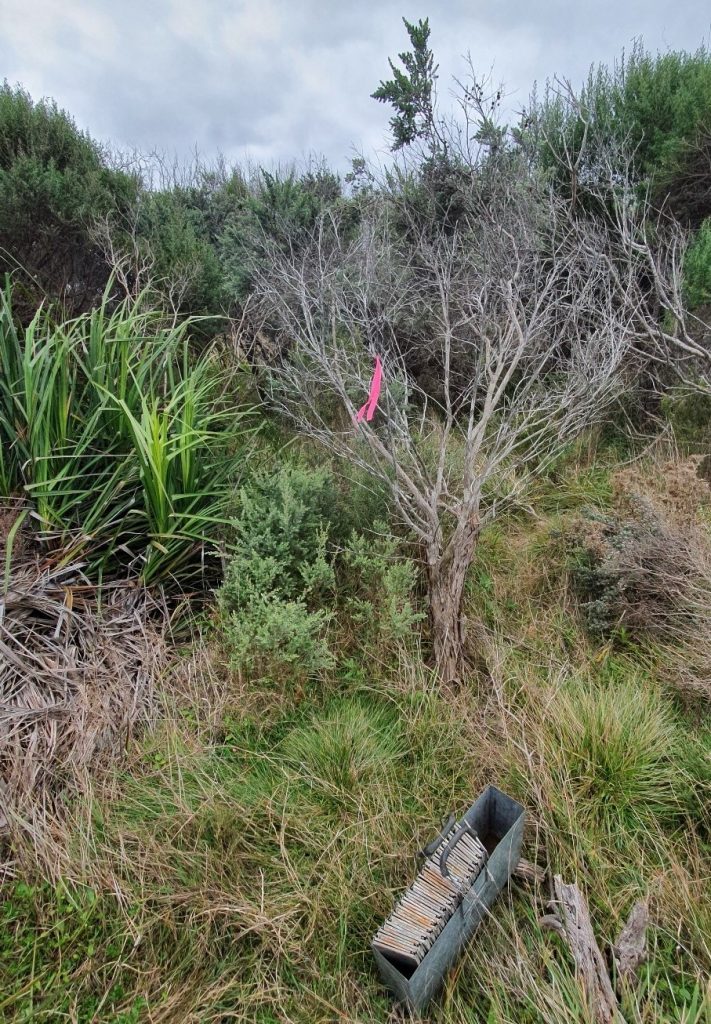
As a follow-up to last’s months story about our exciting find at Hutt Bay, we are pleased to be able to share the news that in the week following that discovery, NGT kicked off a wider Swamp Antechinus survey in the region, thanks to the generous support of the Limestone Coast Landscape Board.
The goal of the survey is to revisit a number of former capture sites in remaining pockets of wet shrubland habitat (see example photo) situated between Carpenter Rocks and the Victorian Border, where the Swamp Antechinus was detected just over 20 years ago (back when a younger version of yours truly was out and about defining the distribution of this species across the South East). These sites are mostly associated with degraded fragments of formerly more expansive karst spring-fed wetlands.
While this might sound simple enough, even in the most likely and high quality habitats, Swamp Antechinus are often naturally rare and not the easiest critters to detect. Hence to increase the probability of detection, lots of traps are required and the survey method is pretty labour intensive – so Rose (who is leading the survey this time around) is putting in some big days!
But it has been worth the effort so far, with some some fantastic early results.
Probably the most satisfying of these from a personal perspective is the species being detected for the first time in the revegetated fringe along the northern edge of Pick Swamp, which is part of Piccaninnie Ponds Conservation Park. To learn more about the backstory of this wetland, you can follow this link.
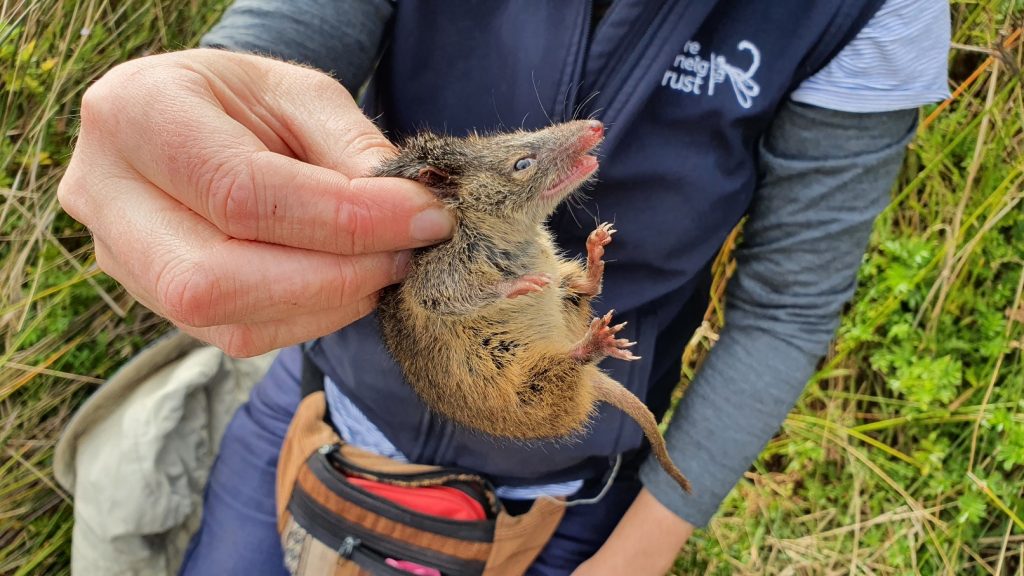
From cow paddocks and pasture only 15 years ago, today this area has been transformed into an oasis of blue and green, and full of biodiversity, situated in the heart of SA’s most recently listed Ramsar Wetland of International Importance. To my knowledge, this is the first time that the Swamp Antechinus has been detected in revegetated and restored karst spring-fed habitat in SA – which is incredibly exciting news!
This result also gives us solid proof that this ecological community, now listed in its own right under the EPBC Act, can be restored and regenerated, and relatively quickly recover to provide habitat for the many threatened species that call it home. To see how this area of Pick Swamp has been completely transformed, please see the images below.
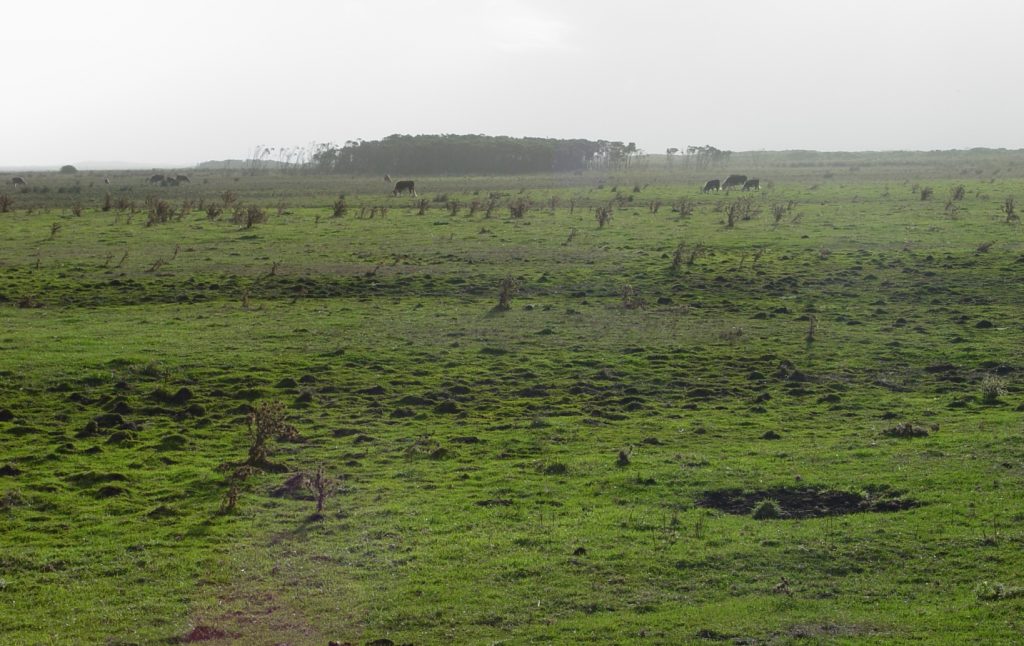
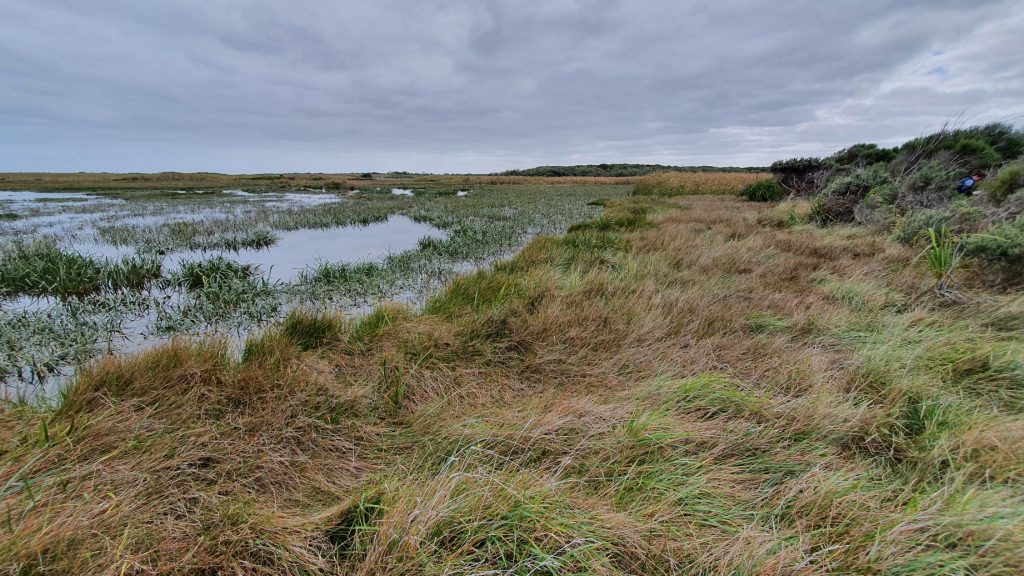
But the Pick Swamp story would not be complete if we didn’t recognise the incredible amount of community time and effort that has been invested in the site (from groups like the Mt Gambier Area Friends of Parks and Birdlife South East SA), including the revegetation effort around the wetland fringe that is now paying dividends. It is also a chance to remember the passion and commitment of the late Steve Clarke, who drove the on-ground restoration effort at the site, through his work with the SA Environment Department.
Steve was a good friend to many of us and is still fondly remembered and missed, but what a wonderful, spectacular and successful legacy his efforts have created at Pick Swamp.
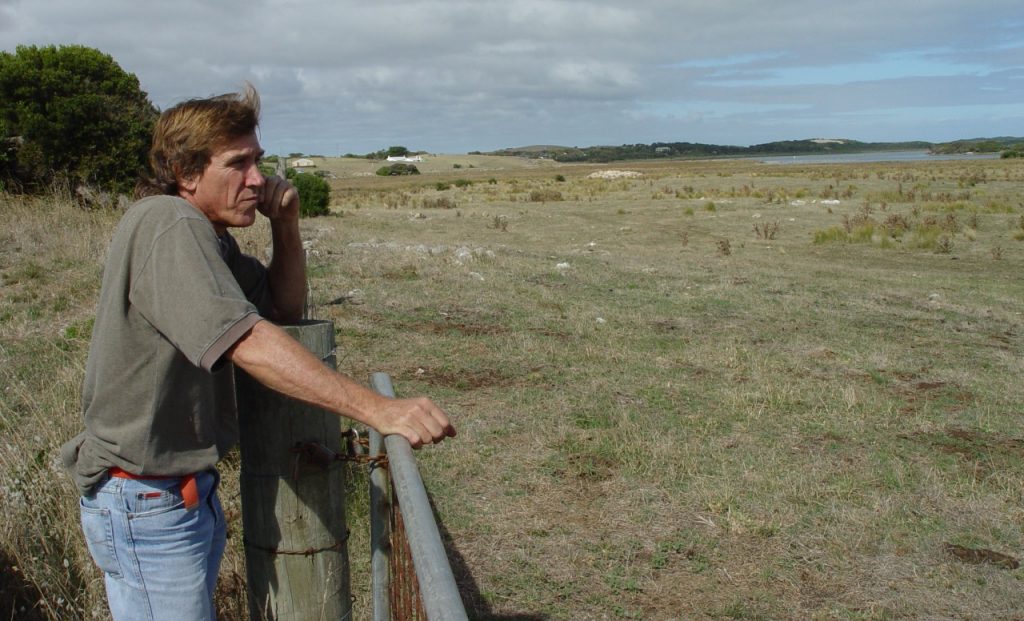
Piccaninnie Ponds Conservation Park is managed by the National Parks and Wildlife Service SA, who kindly provided access for the survey. Stay tuned for a further update next month, when Rose will provide a full wrap of the Swamp Antechinus survey results.
This project is supported by the Limestone Coast Landscape Board.

